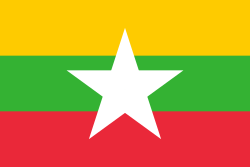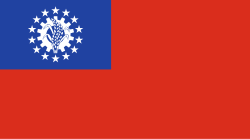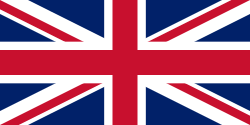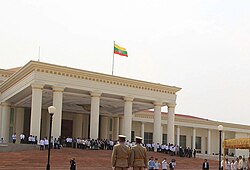 | |
| |
| Use | Civil and state flag, civil and state ensign |
|---|---|
| Proportion | 2:3 [1] |
| Adopted | 21 October 2010 |
| Design | A horizontal triband of yellow, green and red; charged with one large white five-pointed star at the centre. |
| Designed by | National Coalition Government of the Union of Burma [2] |
The State Flag of the Republic of the Union of Myanmar is a horizontal rectangular tricolor flag of yellow, green, and red with a large white five-pointed star in the center. The current flag was adopted on 21 October 2010. [3]
Contents
- Current flag since 2010
- Obsolete flags (1948–2010)
- 1948 flag
- 1974 flag
- Vertical style
- Current flag
- Obsolete flags
- Influence of pre-independence flags
- The Tricolours
- The Resistance Flag
- Influences
- Proposals
- 1947 proposals
- 2006–2007 proposals
- Former 2019 proposals
- Historical flags before 1948
- Gallery
- See also
- References
- External links
































